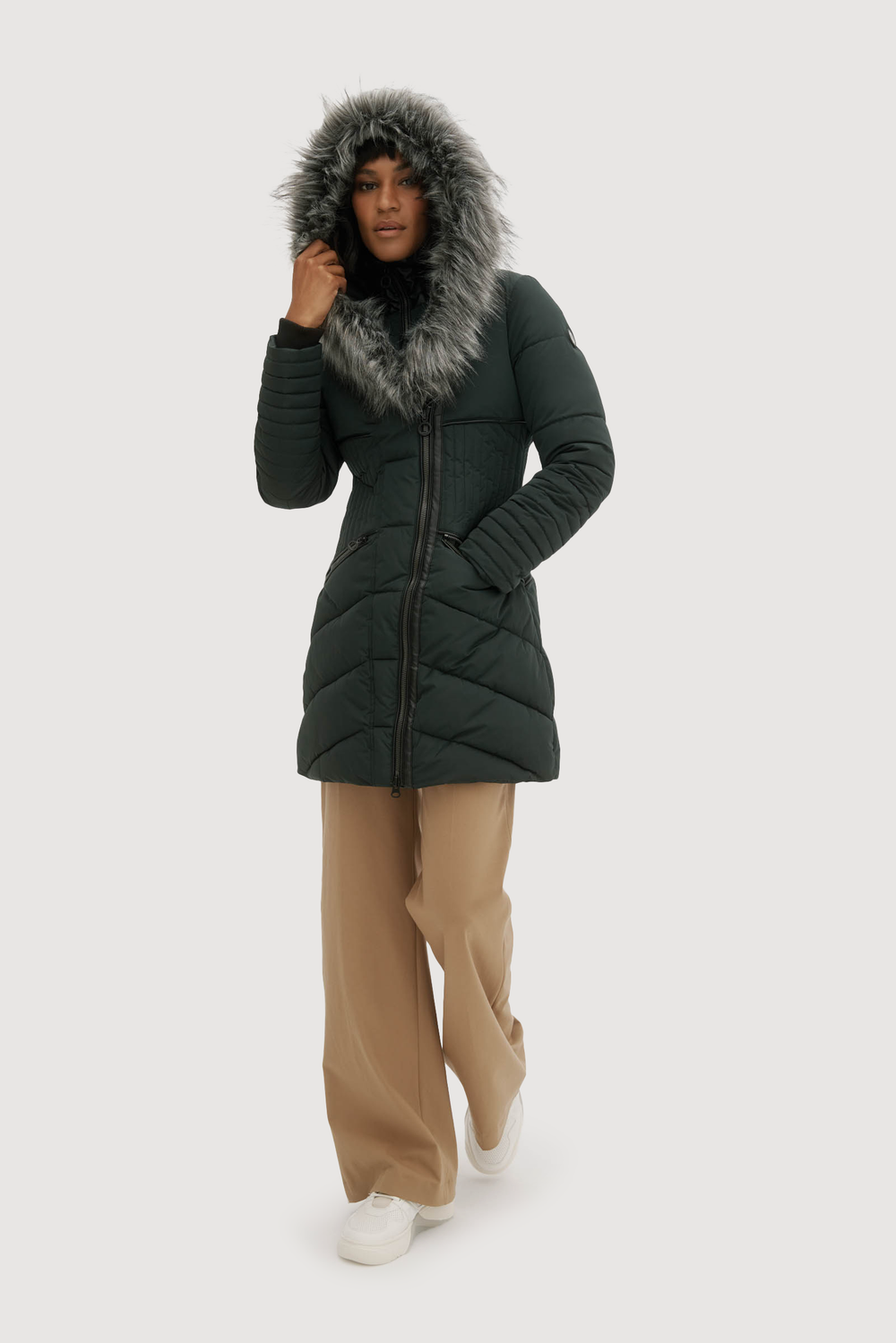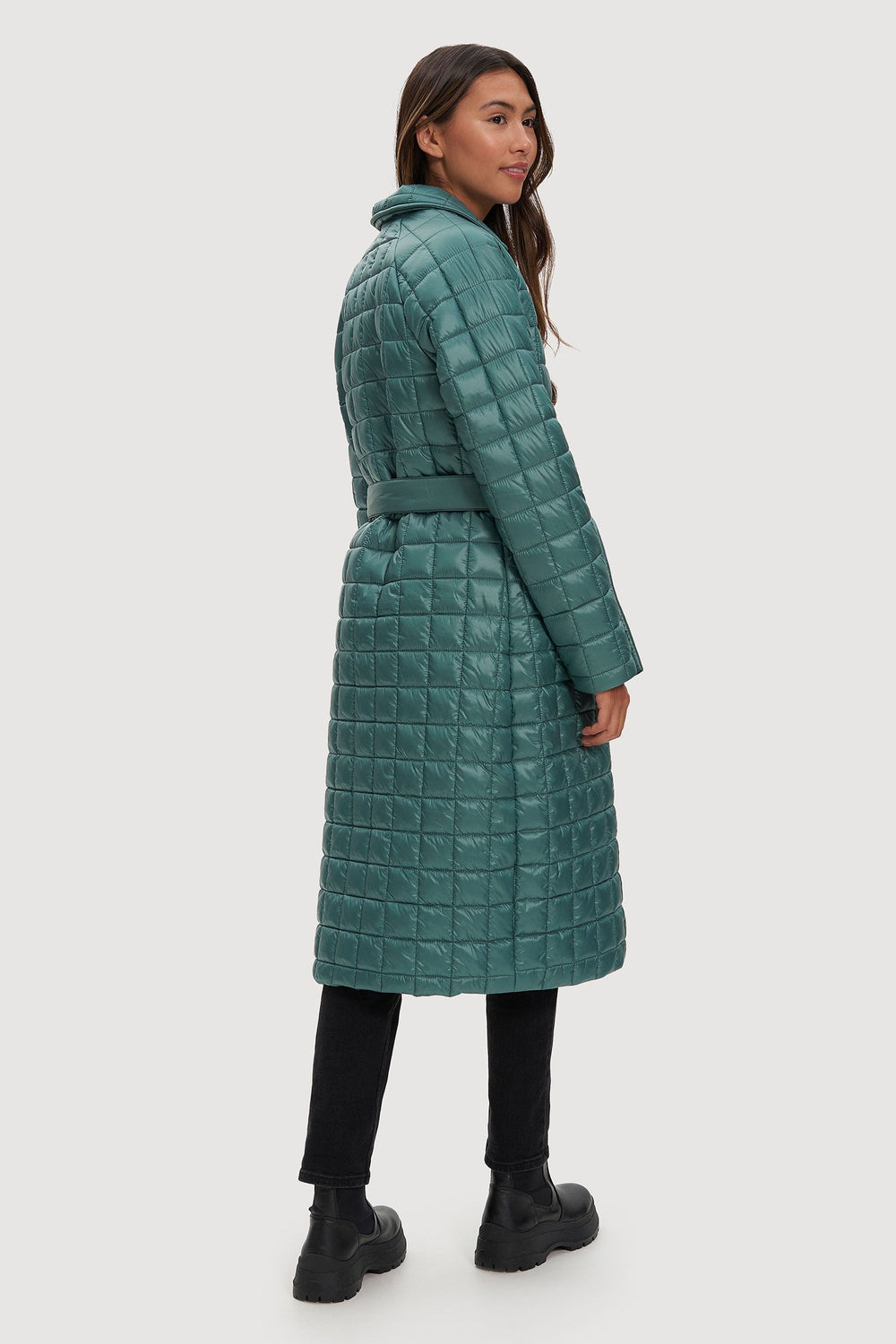The Materials of Winter Coats
The materials used to make winter coats vary depending on the specific needs and requirements of the wearer. Commonly used materials include wool, polyester, nylon, and down feathers. Each material has its own unique properties and advantages, such as warmth, durability, and weight. For example, wool is a natural fiber that provides excellent warmth and is also breathable, while down feathers offer lightweight and exceptional insulating properties. Polyester and nylon are synthetic materials that provide durability and easy care, making them popular choices for winter coats. However, some individuals may have allergies to certain materials, so it is important to consider the wearer's sensitivity before selecting a material. In addition, the intended use of the coat should be taken into account, as different materials hold up better in different weather conditions.
Winter coats are a crucial part of everyone's wardrobe, as they provide warmth and protection from the cold weather. However, with so many different materials to choose from, it can be difficult to determine which one is best for you. In this article, we will explore the various materials used in winter coats and discuss their benefits and drawbacks.
The most common material used in winter coats is down, which is derived from the soft, fluffy underlayer of certain birds. Down is lightweight and provides excellent insulation, making it a popular choice for cold weather. However, it is not suitable for wet or damp conditions, as it loses its insulating properties when it gets wet. Another popular material is synthetic fiberfill, which is made from man-made fibers such as polyester or nylon. These materials are less expensive than down and maintain their insulating properties in wet conditions. However, they are not as lightweight or compressible as down and can be less breathable.

In addition to the primary insulation material, winter coats are often made from a variety of other materials to provide additional protection and functionality. For example, many coats feature water-resistant or waterproof fabrics to protect the wearer from snow or rain. These fabrics are usually applied to the outer shell of the coat and are designed to shed water while allowing water vapor to escape. Another common feature is a hood or a lined drawstring hoodie, which provides extra protection from wind and cold weather.
Moreover, the material of the coat should also be considered when it comes to cleaning and maintenance. For instance, down coats require special cleaning techniques, as regular washing can damage the insulation. On the other hand, synthetic fiberfill coats are easier to clean and can be machine-washed and machine-dried without any special treatment.

In conclusion, the material of a winter coat is an essential consideration when purchasing one. Different materials have their own benefits and drawbacks, so it is important to choose the one that best suits your needs and lifestyle. If you live in a region that experiences extreme cold weather, a down coat may be a good choice for you. However, if you need a coat that is affordable and easy to maintain, a synthetic fiberfill coat may be a better option. Whatever material you choose, make sure to consider its functionality, durability, and comfort before making a purchase.
Articles related to the knowledge points of this article:
Title: The Art of Tying a Tie: A Guide to the Princes Tie Knot
Title: The Obligation of a Tie with Short Sleeve shirts: A Debate on Formality
Title: Mastering the Art of Tying a Tie: A Step-by-Step Guide
Title: Unveiling the Enigmatic Allure of Silk Scarfs: A Cultural and Fashion Exploration
Title: The Art of Mens Scarves: A Fashion Statement Beyond Measure



